February 25, 2009 - Royal Air Force Museum
|
|
I was in London for a week on business.
I didn't have much free time but I was able to get to the Royal Air Force
Museum
in Hendon, easily accessible via the Tube and
a short walk.
The museum consists of a complex of buildings with this Spitfire and Hurricane in the center
courtyard. They look like the real things but they are full-scale
fiberglass replicas.
The RAF Museum has an excellent web page which not only describes each
aircraft in its collection but also a detailed history about the
particular aircraft.
|
|
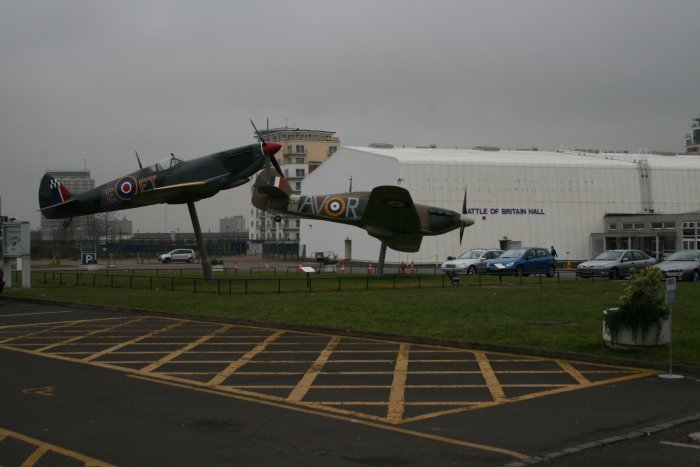
|
|
|
This is the Milesones of Flight
building, and
main entrance. The museum is free of
charge.
|
|
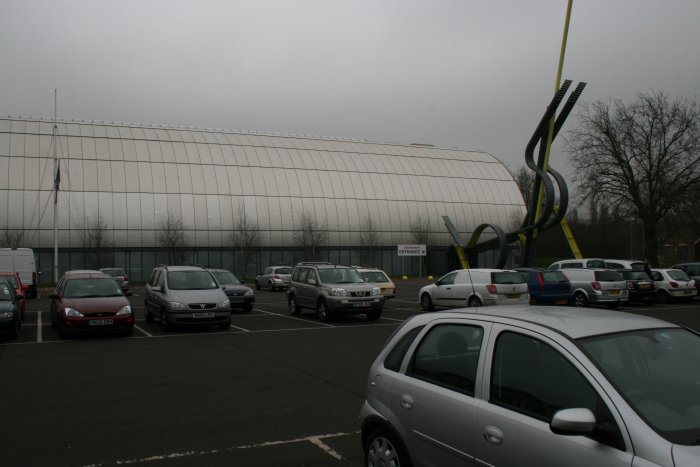
|
|
|
The Historic Hangars building. |
|
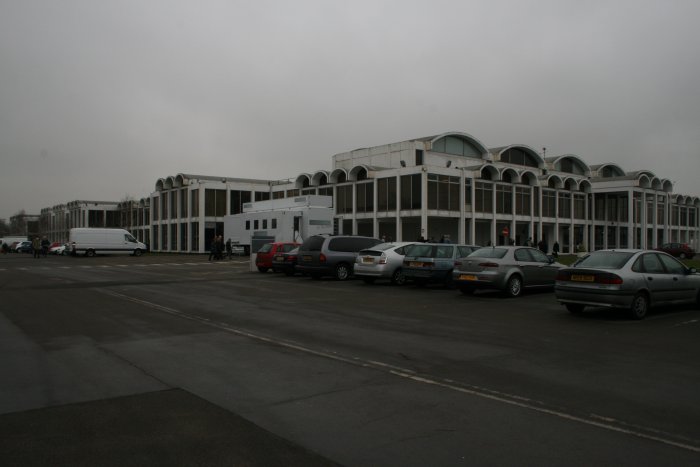
|
|
|
The Grahame
White Aircraft Factory building was the first aircraft factory
in the UK; now it houses their World War I
collection.
|
|
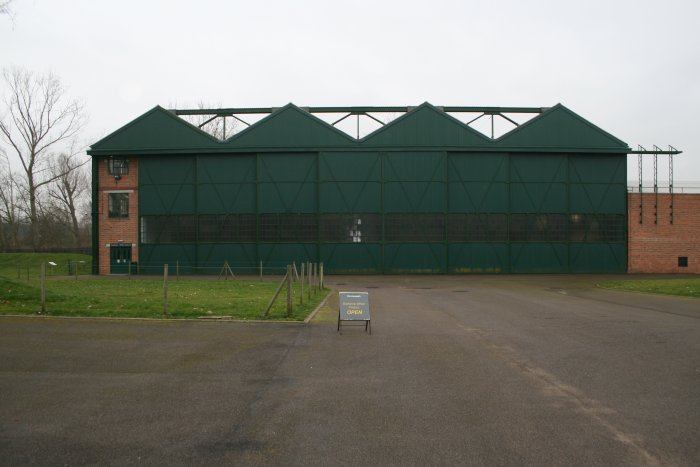
|
|
| A replica
of the Bleriot -- first plane to cross the English Channel, piloted
by Louis Bleriot. |
|
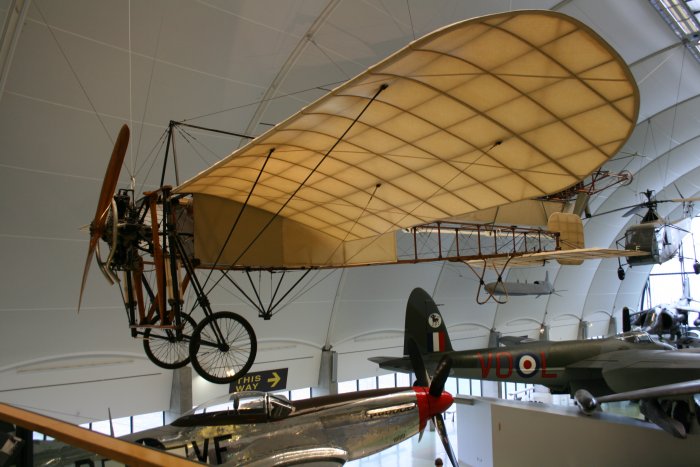
|
|
|
The huge Vickers Vimy. They had one of these fly into Oshkosh
a few years back, but unfortuntely I missed it. This is
the first one I've ever seen. It's huge. |
|
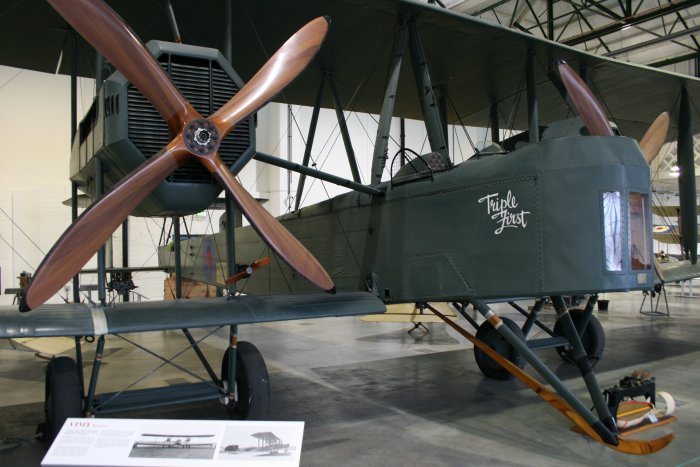
|
|
|
|
|
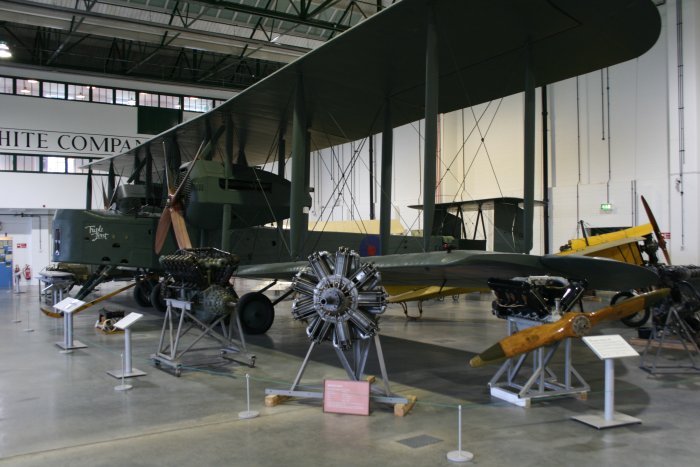
|
|
|
This is a little observation plane
they were flying in
the early days of WWII. Those
were some brave pilots is all I can
say.
|
|
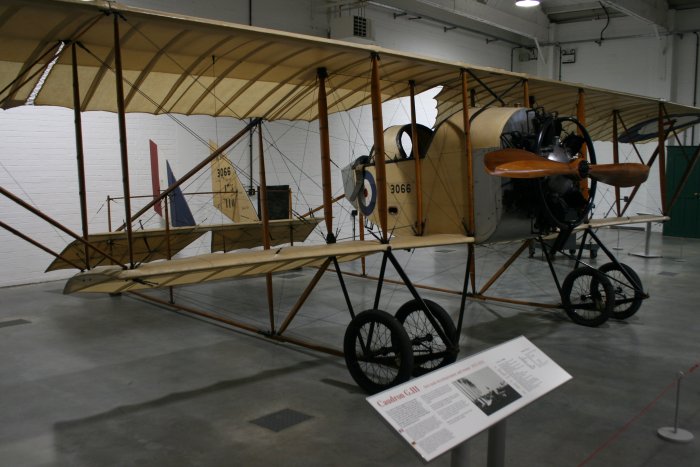
|
|
|
They had come a
long way by the end of WWII, flying fighters like this Sopwith
Camel. |
|
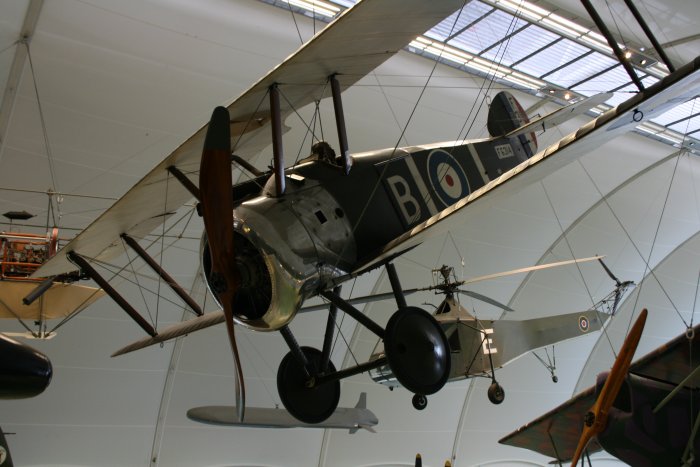
|
|
|
There was a separate building for
just the Battle of Britain. Of course they had a Hurricane
...
|
|
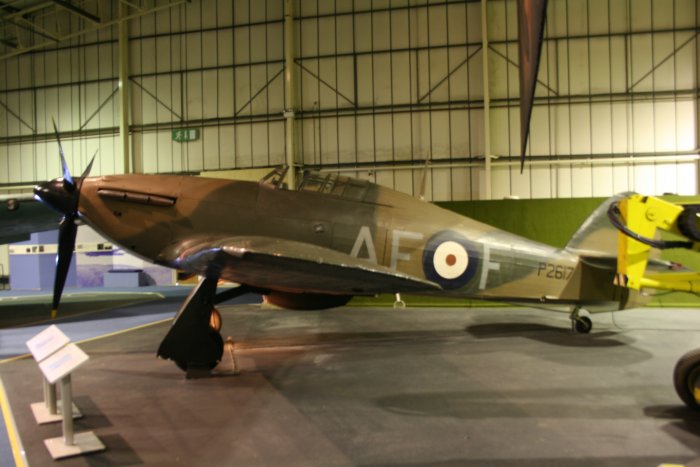
|
|
| and a Spitfire Mark
I. Elsewhere in the museum they had a Spitfire Mark V and a Mark
24. |
|
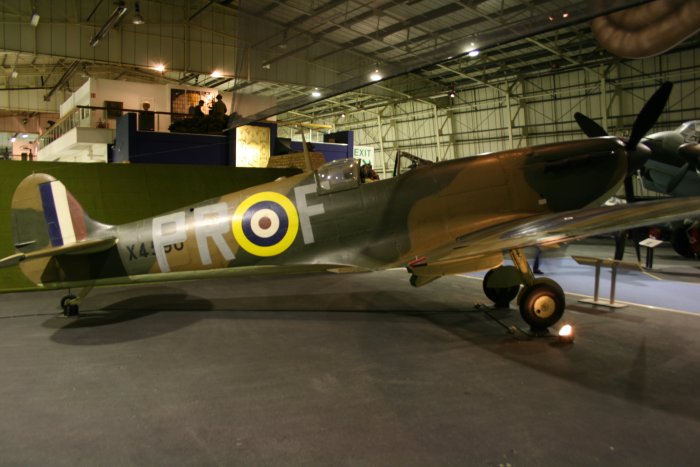
|
|
| This was
a replica of an operations center used during the Battle of Britain. |
|
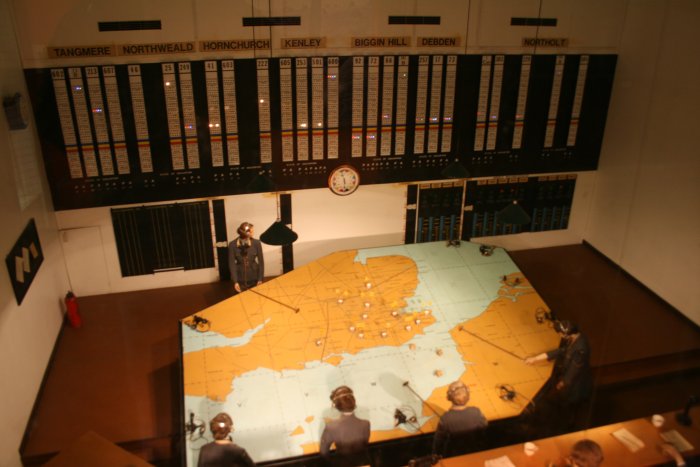
|
|
|
The famous plywood
Mosquito. Very fast and very versatile aircraft. |
|
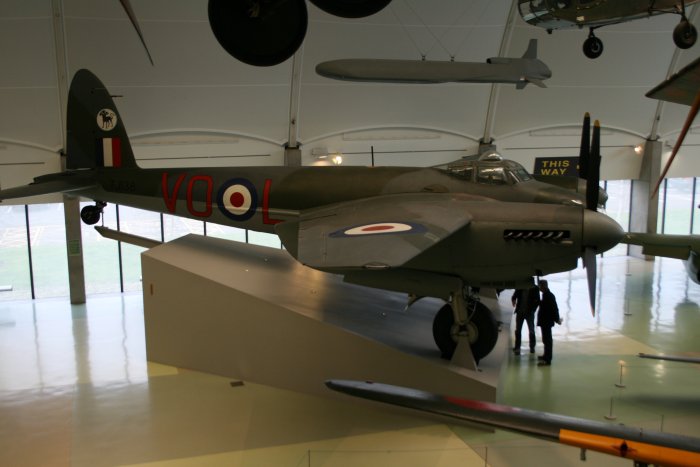
|
|
|
|
|
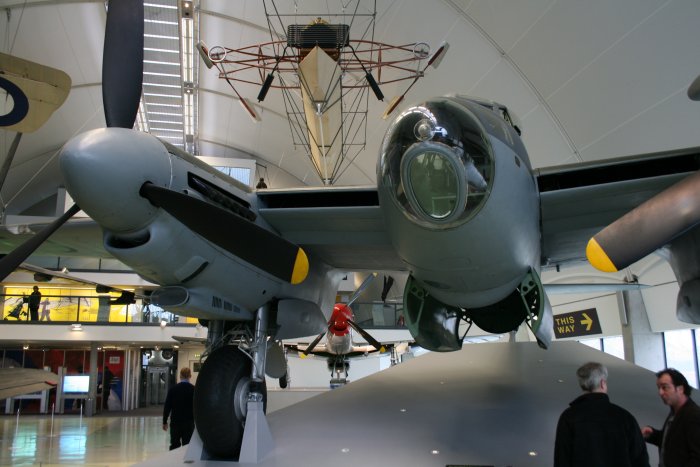
|
|
|
|
|
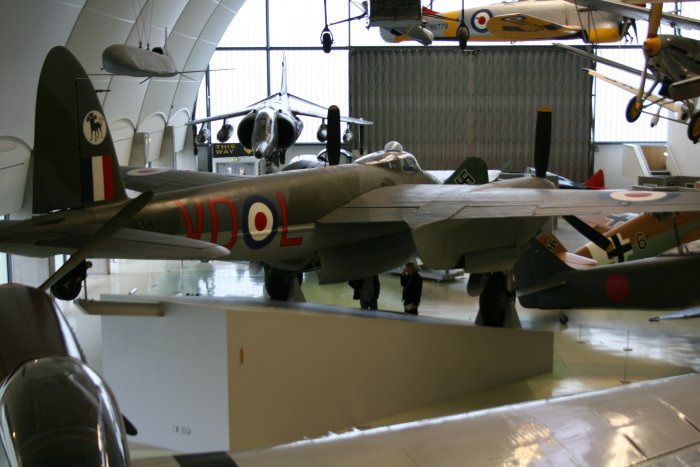
|
|
An entire section of the Museum was
dedicated to the big bombers. The mainstay of Bomber Command was the
big four engine Lancaster. Notice the black paintjob. There
was an interesting section of the museum about the Dam
Busters
. |
|
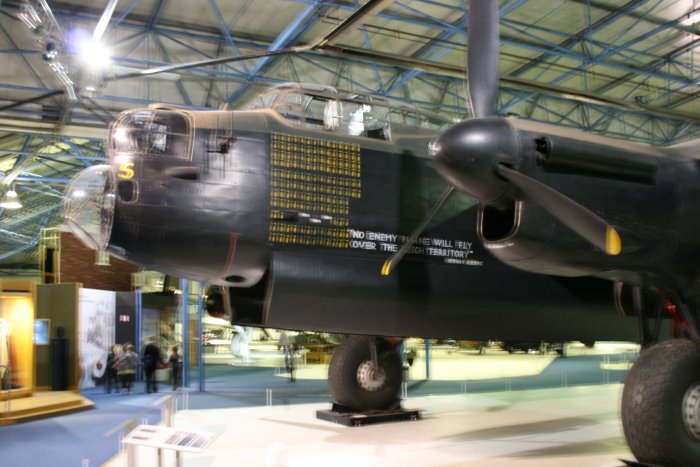
|
|
| The museum also
had a B-24 and B-17 which the RAF flew during the war. The B-24s
were particularly good for maritime patrol and antisubmarine
warfare. |
|
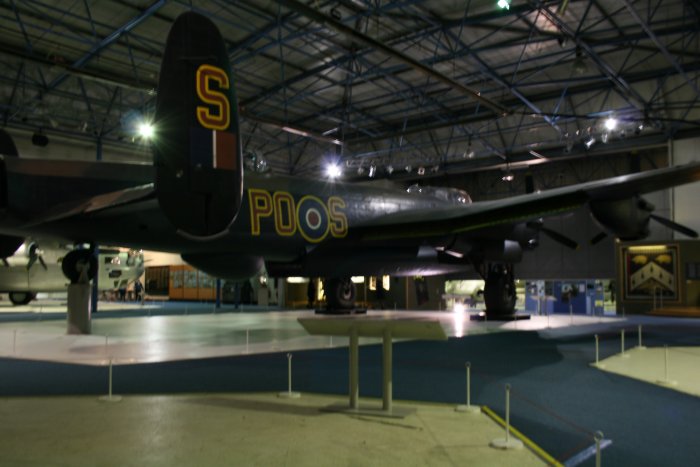
|
|
| I enjoyed seeing
this Wellington. Also a four engine bomber, but a fabric covered
one! |
|
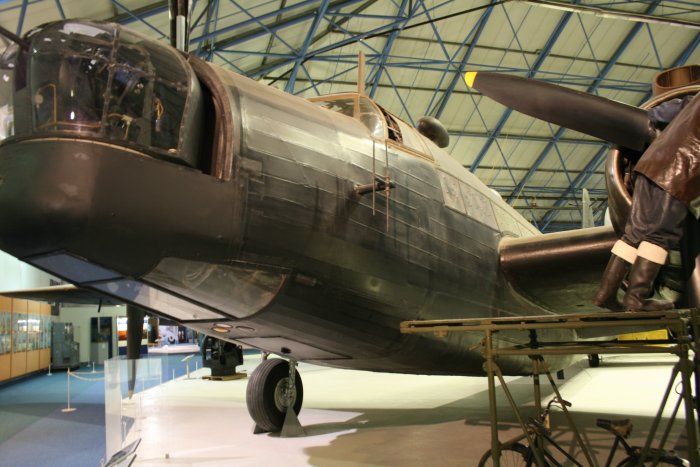
|
|
| |
|
A third type of
four engine bomber. This Halifax was recovered from the bottom of
the North Sea and is the only surviving one. They decided not to
restore it but leave it as
is. |
|
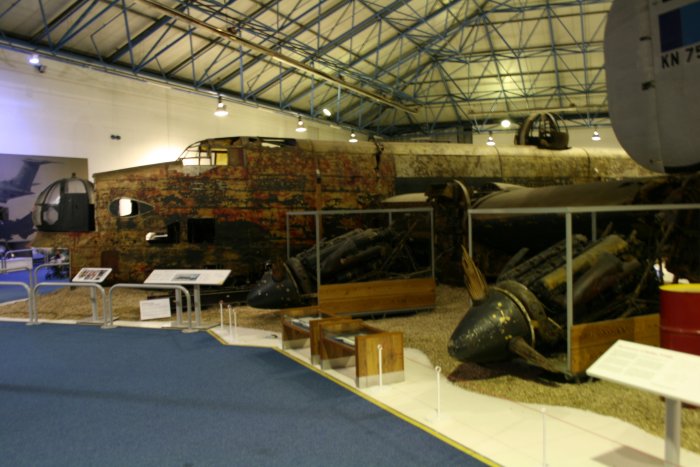
|
|
|
A shot of
the Halifax from the rear.
|
|
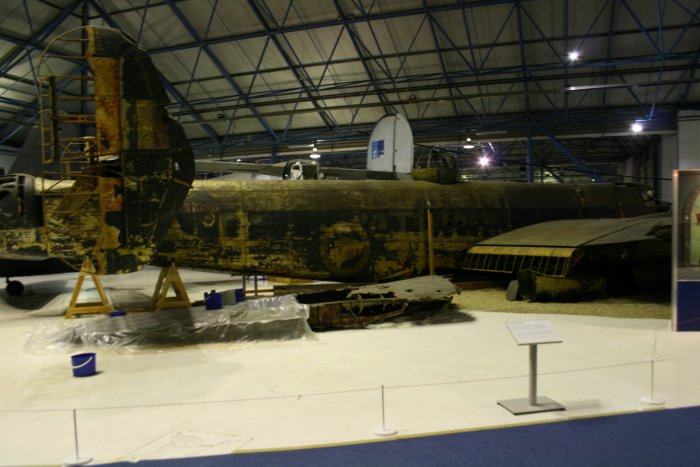
|
|
|
A Typhoon
fighter-bomber. Typhoons were the scourage of the Germany army
during Normandy. |
|
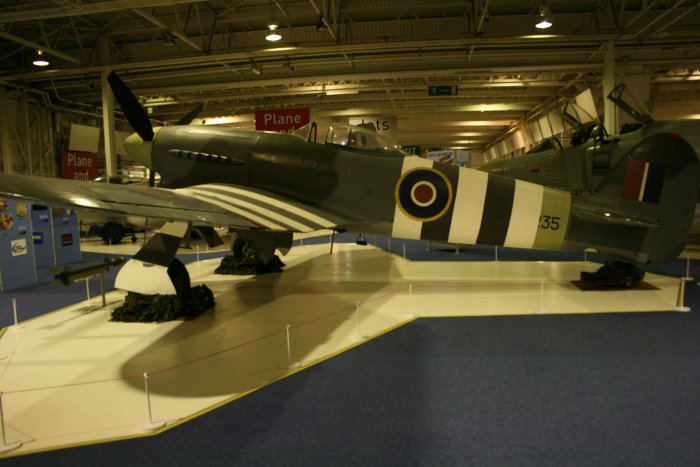
|
|
|
The follow-on to the Typhoon, the
Tempest.
|
|
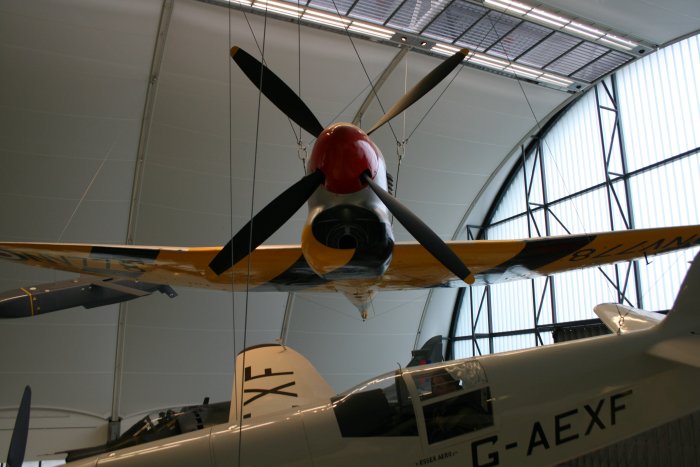
|
|
| I was surprised to
learn that the RAF flew P-47s in the Burma theatre. |
|
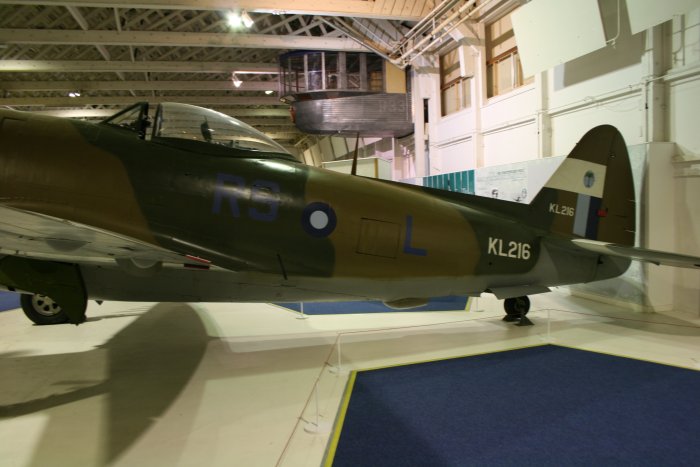
|
|
| The Bristol Beaufighter
was successfully used as a night fighter, fighter bomber and torpedo
bomber. |
|
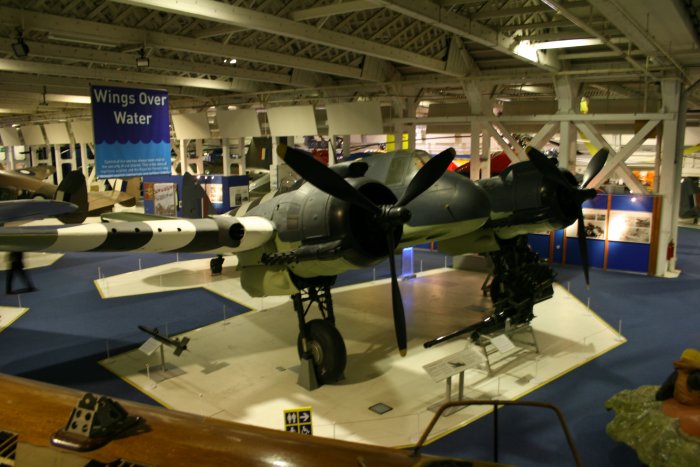
|
|
|
The main British
fighter in 50s and 60s, the Lightning. |
|
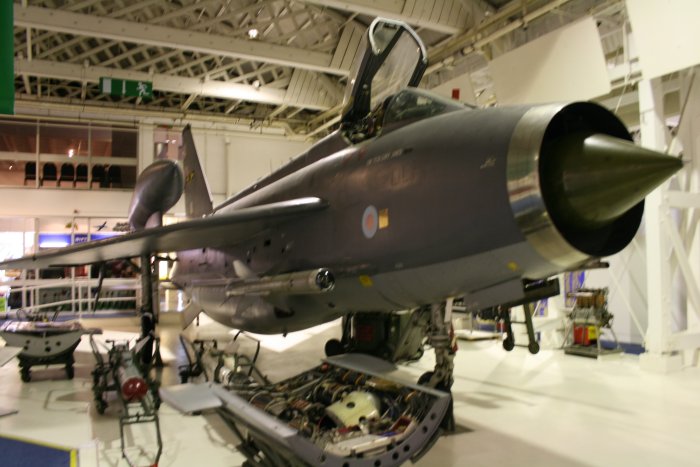
|
|
|
The Eurofighter Typhoon.
|
|
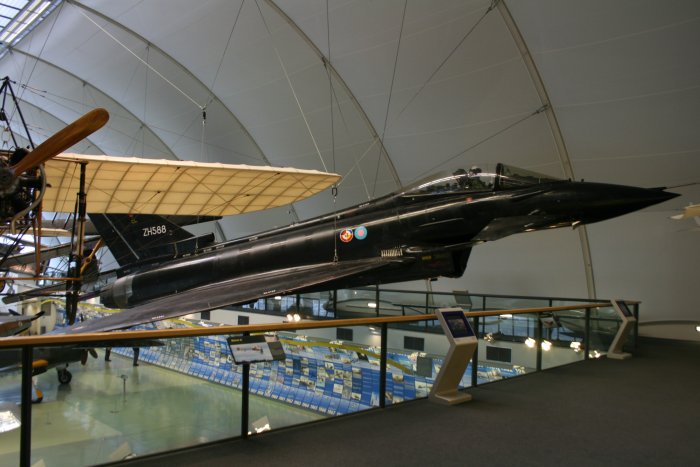
|
|
|
P27 |
|
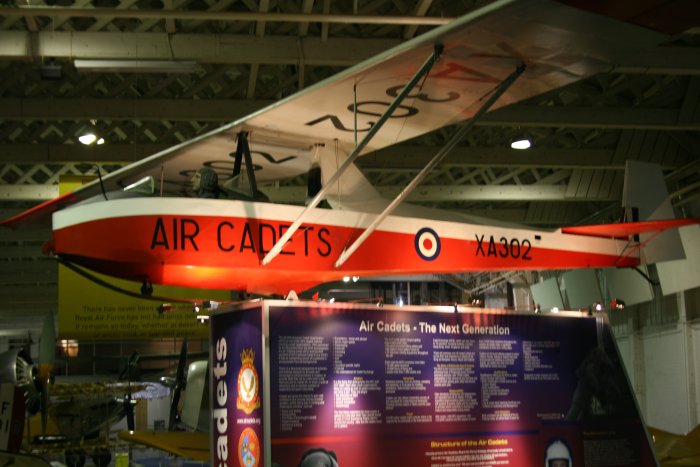
|
|
|
The RAF Museum has the most complete
collecting of German aircraft I've ever seen, including this WWI Fokker
D-VII.
|
|
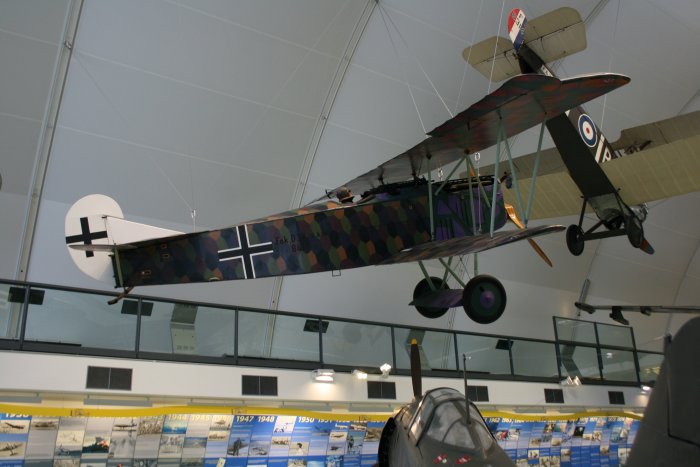
|
|
| A Bucker Bu-311
Jungmann, Germany's primary
trainer starting in 1936 and throughout WWII. |
|
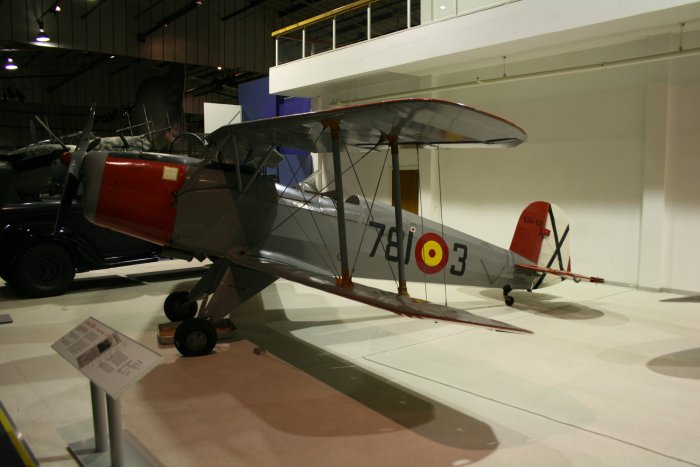
|
|
| An Messerschmidt Bf-109E,
the early version that flew in the Battle of Britain. This
particular aircraft was shot down over Kent in November 1940. |
|
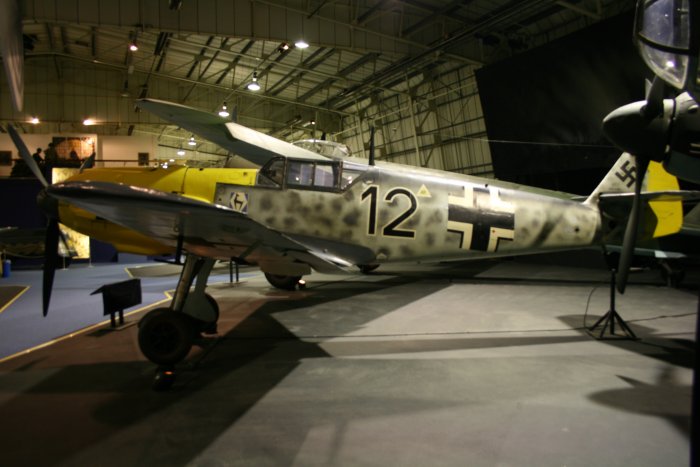
|
|
|
This is a Bf-109G "Gustav" which was the later, most common
version. This particular aircraft was captured by the British
in North Africa.
That's the Me-262 Jet in the upper left.
|
|
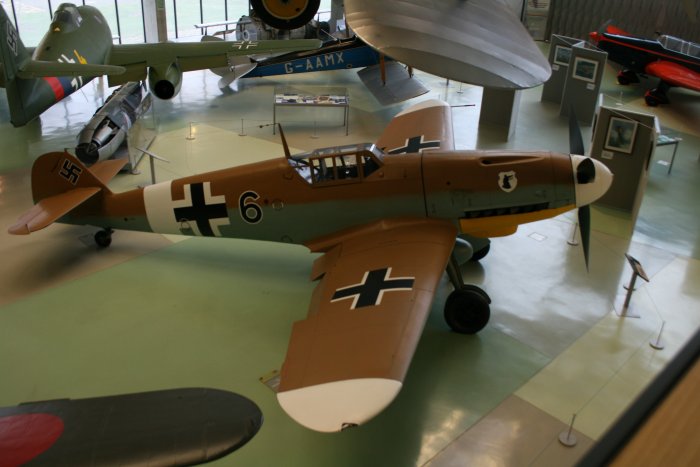
|
|
|
Notice the narrow undercarriage.
The Germans lost a lot of 109s just to landing accidents.
|
|
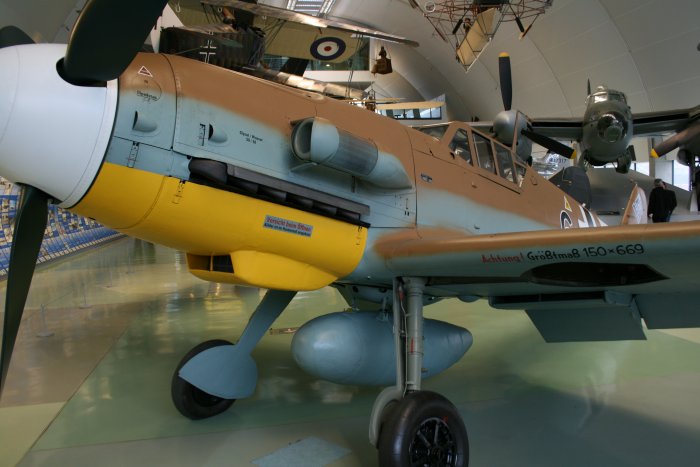
|
|
|
ME-110 twin engine
German fighter. It didn't do to well in the Battle of Britain.
Later on it proved useful as a night fighter. Notice the big
radar antennas on this particular aircraft. |
|
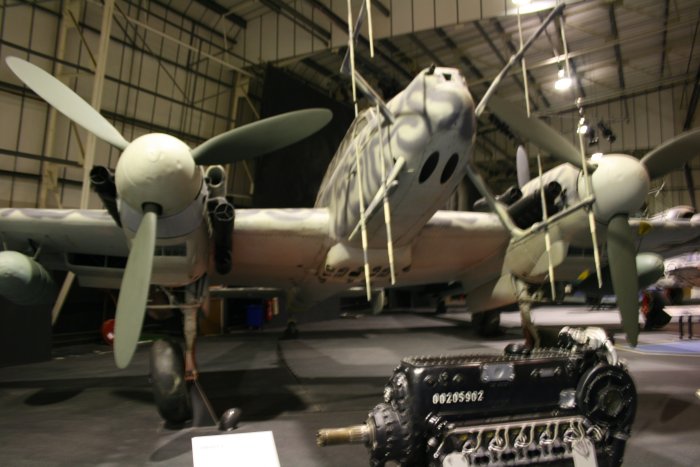
|
|
|
The famous ME-262 jet fighter.
|
|
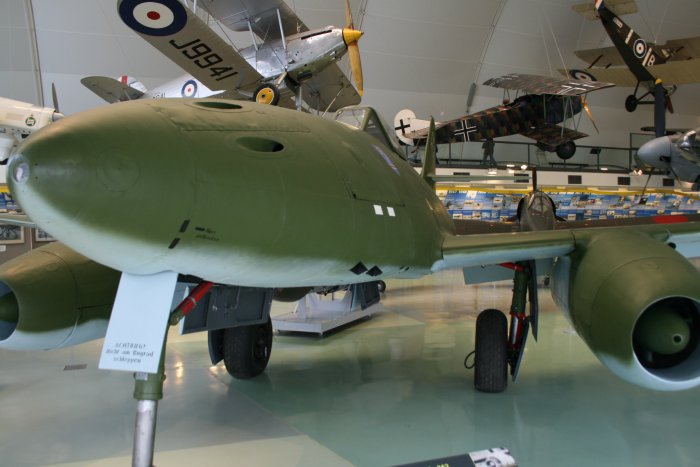
|
|
| This is a Junkers
Ju-88 which was a very versatile airplane for the Germans: daylight
bomber, night fighter and torpedo bomber. This particular aircraft
was a night fighter whose aircrew defected to Great Britain. |
|
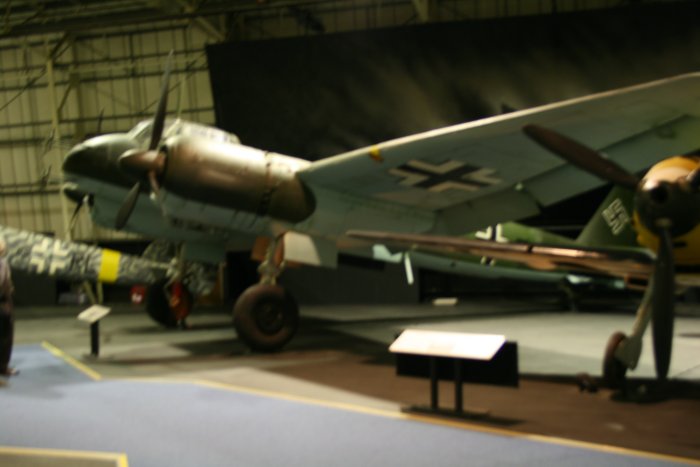
|
|
| An Heinkel HE-111
twin engine bomber. It must have been tough sitting in that glass
cockpit with Spitfires and Hurricanes coming at you. |
|
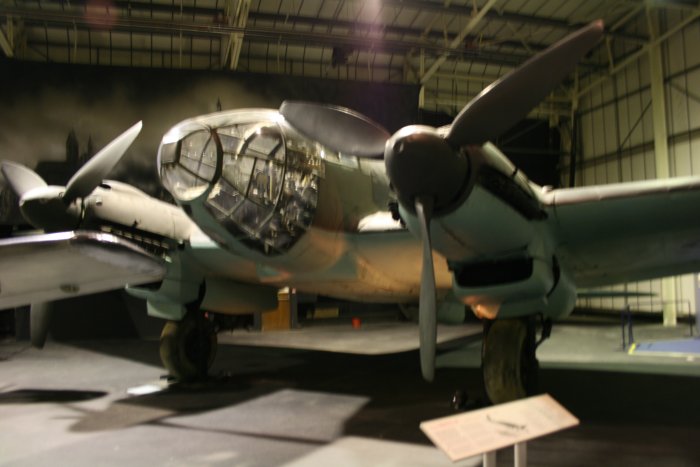
|
|
|
A topside look at
the Me-110 and
Ju-88. |
|
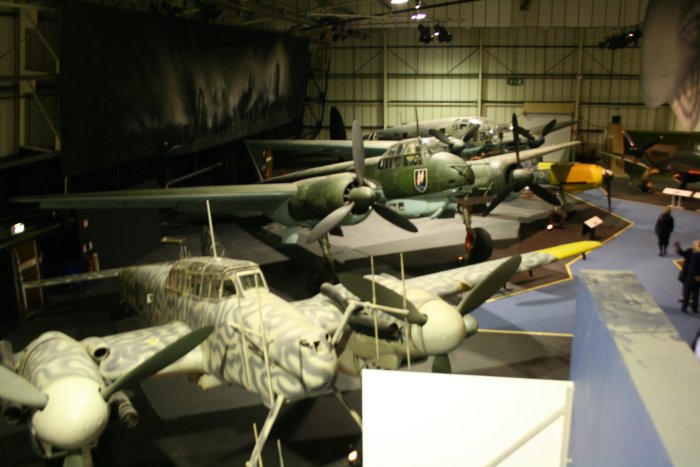
|
|
|
A Junkers Ju-87 Stuka dive
bomber. First one I've ever
seen. The Stuka was very effective in close support of the
panzers. However, it was meat on the table without air
superiority.
|
|
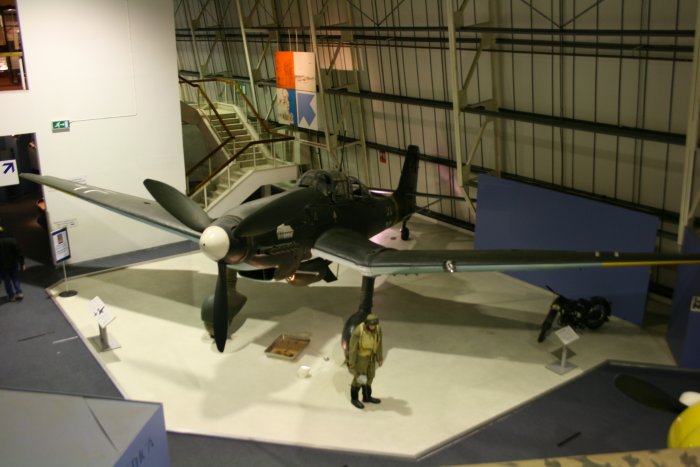
|
|
| This Fiat CR42 Falco biplane was an
Italian fighter. They actually deployed a squadron of them in France
during the Battle of Britain. They didn't fare too well against the
RAF. |
|
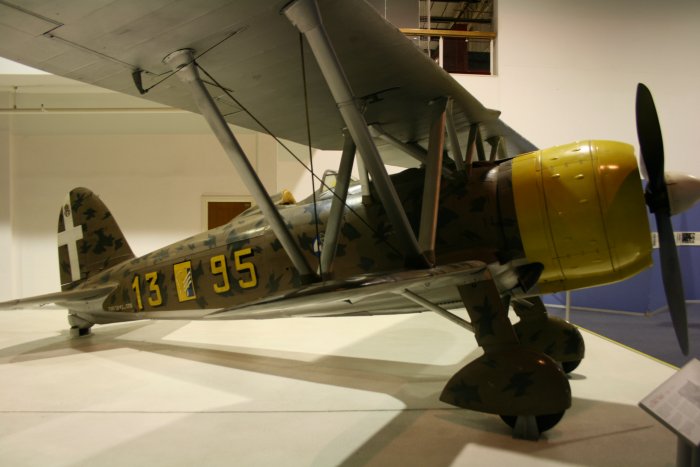
|
|
>
|
|
|
|
|
|
|






































